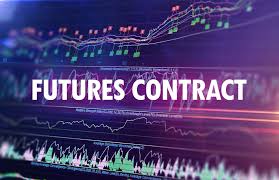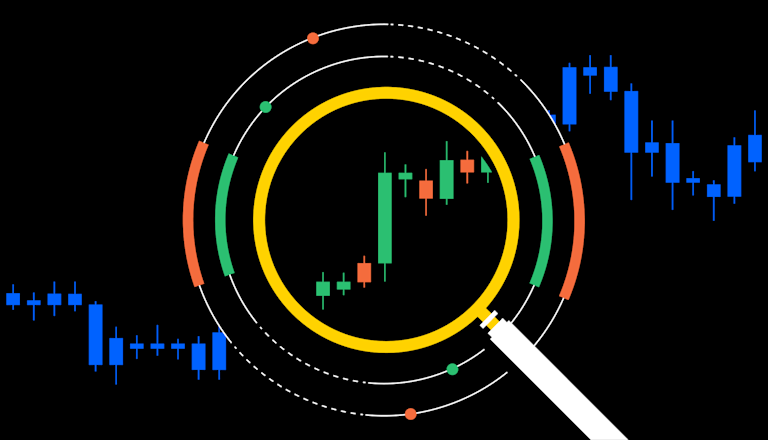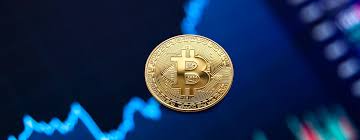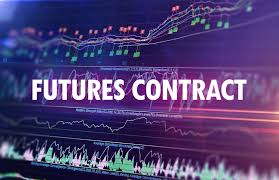
Understanding Crypto Trading Timings
The world of cryptocurrency is dynamic and fast-paced, making it essential for traders to be aware of various factors that can influence their trading results. One of the most crucial elements is crypto trading timings. crypto trading timings click here to learn more about specific trading tools that can help you navigate this complex market.
Why Trading Timings Matter
Successful trading is not simply about buying low and selling high; it also requires an understanding of market timing. In the world of cryptocurrency, the market operates 24/7, presenting unique opportunities and risks for traders. Timing can significantly affect the price movement of cryptocurrencies, making it vital for traders to be strategic about when they enter and exit trades.
Market Sessions and Their Importance
The cryptocurrency market is global, which means it is influenced by the activities of markets around the world. Typically, there are three major trading sessions: the Asian session, the European session, and the North American session. Each session has unique characteristics that can affect price volatility and liquidity.
1. Asian Session
The Asian trading session, which usually opens around 11 PM GMT and closes at 8 AM GMT, is often considered one of the quieter sessions. However, it can still experience significant price movements, especially when major news or events occur in Asia. The liquidity during this time may not be as high, but it’s an excellent opportunity for traders focusing on pairs like BTC/JPY and ETH/JPY.
2. European Session
The European trading session commences at 7 AM GMT and runs until 4 PM GMT. This session often sees increased volatility and volume due to the overlap of multiple financial markets. Traders can benefit from heightened activity as institutions and retail traders capitalize on actionable market data.
3. North American Session
The North American session begins at 1 PM GMT and ends at 10 PM GMT. It is often one of the most volatile trading periods, as significant news releases from both Canada and the United States can impact market behavior. For traders in this session, focusing on the intricate dynamics between cryptocurrencies and fiat currencies like USD or CAD can yield profitable opportunities.
Factors Influencing Trading Timings
While understanding market sessions is beneficial, it’s also essential to recognize other factors that can influence crypto trading timings:

- News Events: Major economic news releases, geopolitical events, and updates regarding specific cryptocurrencies can lead to sudden price swings.
- Market Sentiment: The general sentiment across social media platforms, forums, and trading communities can significantly affect cryptocurrency prices and trading decisions.
- Technical Analysis: Traders who use technical indicators should pay attention to specific timeframes that provide insight into potential price movements. Certain indicators may give stronger signals during particular market sessions.
Strategies to Optimize Trading Timings
To take advantage of the various market sessions and conditions, traders can implement several strategies:
1. Scalping
Scalping involves making quick trades to capitalize on minimal price changes. This strategy requires being highly active during peak times, particularly when market volumes are high, such as during the European and North American sessions.
2. Swing Trading
Swing trading aims to capitalize on price swings over a few days or weeks. Traders can analyze price movements across different sessions to identify viable entry and exit points while accounting for market news and events.
3. Hedging
Hedging involves holding positions in multiple cryptocurrencies to mitigate risks. By understanding trading timings, traders can optimize their portfolios to protect against adverse price movements during low liquidity sessions.
Using Technology to Your Advantage
Modern trading platforms provide tools and analytics that can help traders monitor market sessions and timings effectively. Utilizing charting software, setting alerts for specific price levels, and employing algorithmic trading can enhance a trader’s ability to optimize their strategies based on trading timings.
Final Thoughts
Crypto trading timings are a critical component of a trader’s success in the market. By understanding market sessions, the implications of news events, and employing various strategies, traders can significantly enhance their trading results. As the crypto landscape continues to evolve, staying informed and adaptable is key to thriving in this fast-paced environment.
In conclusion, always keep learning and refining your strategies. Engaging with communities, reading up on the latest market trends, and continually assessing your performance will empower you to make informed decisions. Consider starting small, testing your strategies during different market timings, and gradually increasing your trading activity as you become more comfortable with the nuances of the crypto market.




